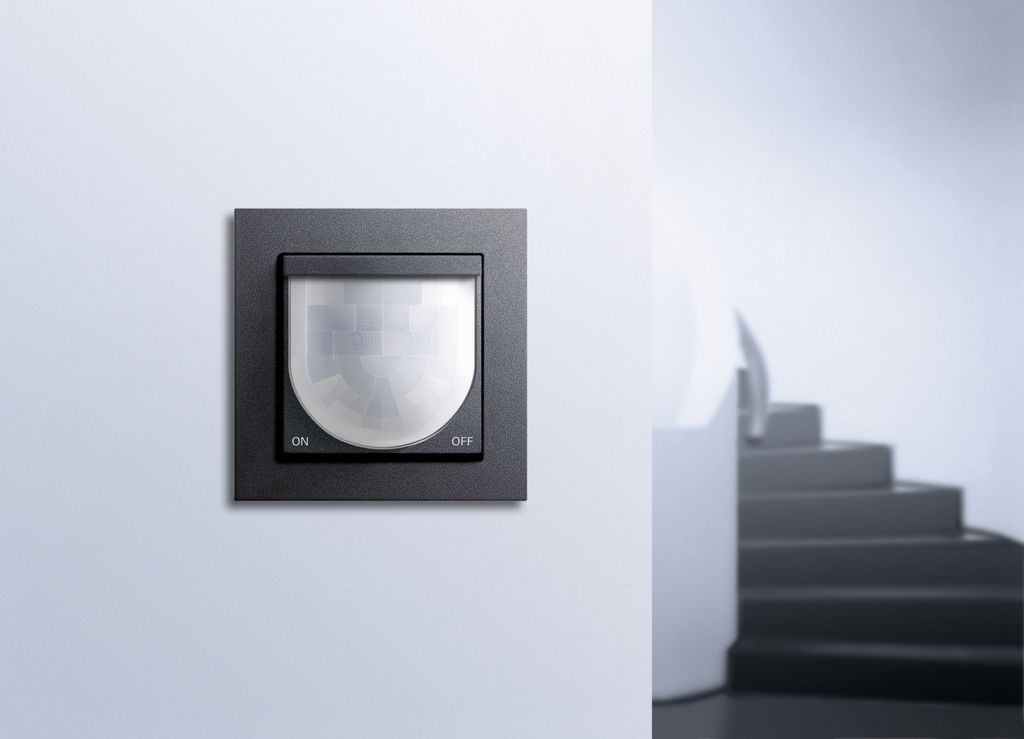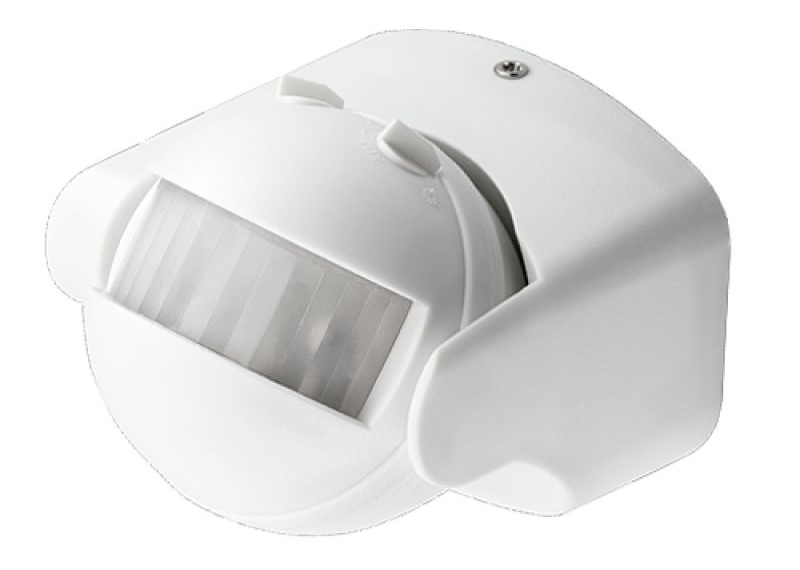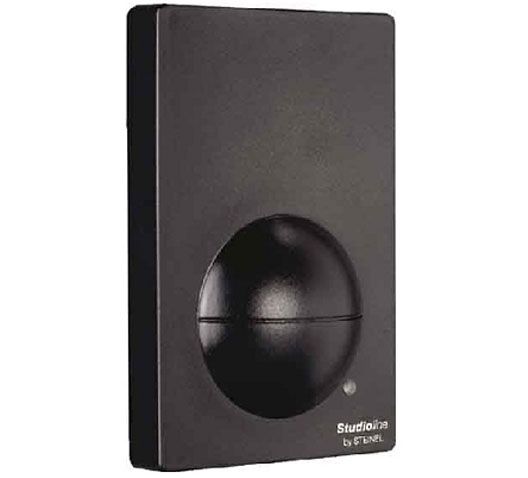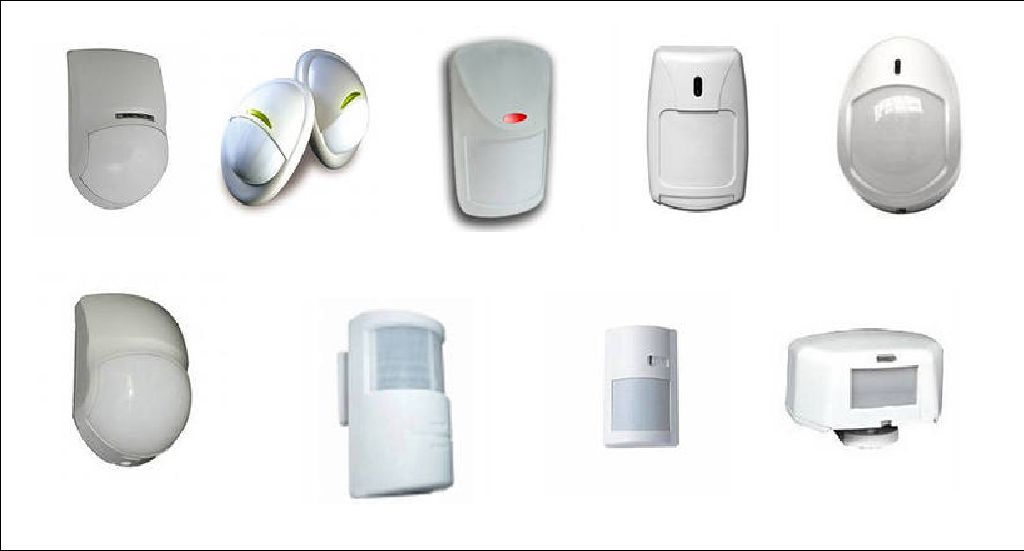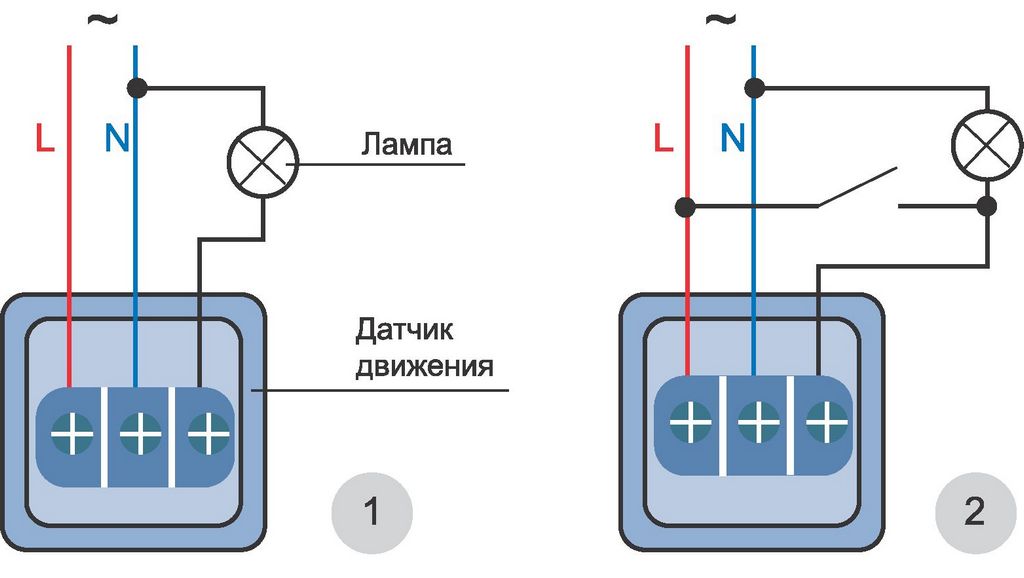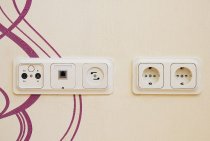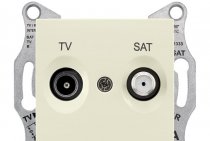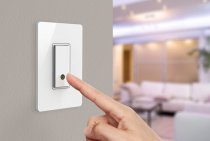A motion sensor switch is an electronic device used in electrical circuits to automatically open or close a circuit when movement is detected in a certain sector of space.
Such products are widely used to optimize the operation of lighting systems, as well as electrical appliances.
infrared sensors
The principle of operation of such a device is based on its ability to register changes in the intensity of infrared radiation observed in a certain area. It is no secret that the human body is a source of such radiation, therefore, when a person enters the sector of the sensor, it works, thereby closing the electrical circuit. Thanks to this feature, it is possible to accurately identify the presence of a person. Such a device can control the lighting system whether the person is moving or not. A light switch with a motion sensor does not emit anything, but only reacts to extraneous infrared waves. This ensures complete safety for human and animal health.
The disadvantages of sensors that respond to infrared radiation include their sensitivity to interference, which can be caused by heating electrical appliances, getting warm air from an air conditioner or intense sunlight into the device's coverage area. In addition, such products have a limited temperature range, and they also do not respond to the movement of people in clothing made of heat-insulating materials.
Ultrasonic Models
The operation of this equipment is based on continuous scanning of space using ultrasonic waves with a frequency of more than 20 kHz. The product is equipped with a receiver that allows you to analyze the frequency and amplitude of the reflected signal. When these parameters change, which is observed when objects of a certain size move through the coverage area of the device, a command is given to operate electrical contacts that close or open the circuit.
The main advantages of using ultrasonic sensors in lighting systems include not being affected by changes in temperature, humidity, as well as dust or smoke. In addition, such a product is able to determine the movement of objects made of any material and having different temperatures.
It is worth noting some disadvantages of such devices: ultrasonic radiation can affect the well-being of pets, some of them can perceive high-frequency sounds. A sufficiently sharp movement is required to trigger the sensor. With a smooth movement of the object, it is possible to deceive most models of such devices.
Microwave sensors
The principle of their operation is based on the use of microwave radiation (electromagnetic waves with a frequency of several GHz).
By registering the amplitude and frequency of the emitted and reflected signals, the sensor is able not only to identify movement in its area of responsibility with high accuracy, but also to estimate the speed and size of moving objects.
The advantage of such products is their ability to detect moving objects that are behind obstacles made of dielectric material. The sensitivity of these sensors is very high and allows you to respond to even the smallest movements of the object. A switch with a microwave type motion sensor can operate at any temperature, humidity and other air parameters.
The disadvantages of such devices include their high cost, increased likelihood of false alarms, and also unsafe for human health.
To date, there are a significant number of less common types of motion sensors used in various schemes of lighting systems. These include perimeter, acoustic, vibration, seismic, magnetic, capacitive, photoelectric and other devices. The need to use such equipment may be justified by its specific purpose or technical characteristics.
In most cases, the use of ultrasonic or infrared sensors is sufficient to control lighting systems and most electrical appliances.
Wiring diagram
Since the main purpose of the motion sensor is to perform the functions of a switching device in an electrical circuit, its connection diagram does not differ from that of a conventional light switch. Most manufacturers include installation instructions for the motion sensor with its package. On the case of some models of these devices there are symbols corresponding to their correct connection.
Installation Features
The connection diagram of the sensor without a switch is the simplest in terms of installation. The procedure for installing such a device includes the following operations:
- Laying the wire from the location of the sensor to the electrical box. In the case of using hidden wiring, you must first perform wall chasing.
- Attaching the sensor to the wall surface.
- Connecting wires to the contacts of the device in accordance with the diagram of its connection.
- Connection of wires in the junction box. For normal operation of the sensor, it is necessary to connect in the junction box the wires going to its terminals with the wires of the lamp, as well as with the neutral and phase conductors. If, due to a lack of practical experience, difficulties arise in the performance of these works, then you can first draw a connection diagram. All connections are made in the same way as when connecting a single-section light switch.
- Checking the performance and setting the parameters of the sensor.
Such a connection scheme has a significant drawback, which is the dependence of the lamp operation on the movement of objects through the sensor coverage area. Sometimes a situation arises when such movement is not observed, and lighting must be provided. In this case, the sensor will turn off the power after a certain time, which is set in the device settings. To cause the light to turn on again, you will have to intentionally move in the sector of the device.
In such cases, you can apply a circuit using a light switch that is connected in parallel with the sensor. This achieves the ability to control lighting, regardless of the presence of movement in the area of this device.
Setting
Since today there are a large number of different types of similar products that differ in design, purpose and parameters, the procedure for setting them up can vary significantly. There are three main parameters that can be configured for most models on the market.
Working hours
This parameter shows how long after the device detects movement, the command to turn off the light will be given. Most sensor models allow you to set this time between 1 second and 10 minutes. The choice of a specific value of the operating time depends on the location of the product and its purpose.When such a device is placed in front of the front door of the house, a few seconds of its operation may be sufficient, and the lighting in the pantry or in the parking lot should be turned off only a few minutes after the sensor is triggered. This parameter is adjusted using the Time knob on its body.
Light intensity
It is used to ensure the normal operation of the device during daylight hours. Using the "Lux" knob, you can set the maximum level of illumination at which the motion sensor will be triggered.
Sensitivity setting
Excessive sensitivity can lead to a large number of false positives. At the same time, with an underestimated level of the sensor's reaction to movement, it may not turn on the lighting at the required moment. The Sens knob is used to adjust this parameter. Optimum performance can be achieved empirically.
Thus, the use of a motion sensor to control the lighting system in an apartment or a country house will help not only achieve maximum convenience in its operation, but also save money spent on electricity bills. The undoubted advantage of these devices is the simplicity of their connection scheme, as well as a wide range of parameters that can be configured in accordance with the requirements of the consumer.
